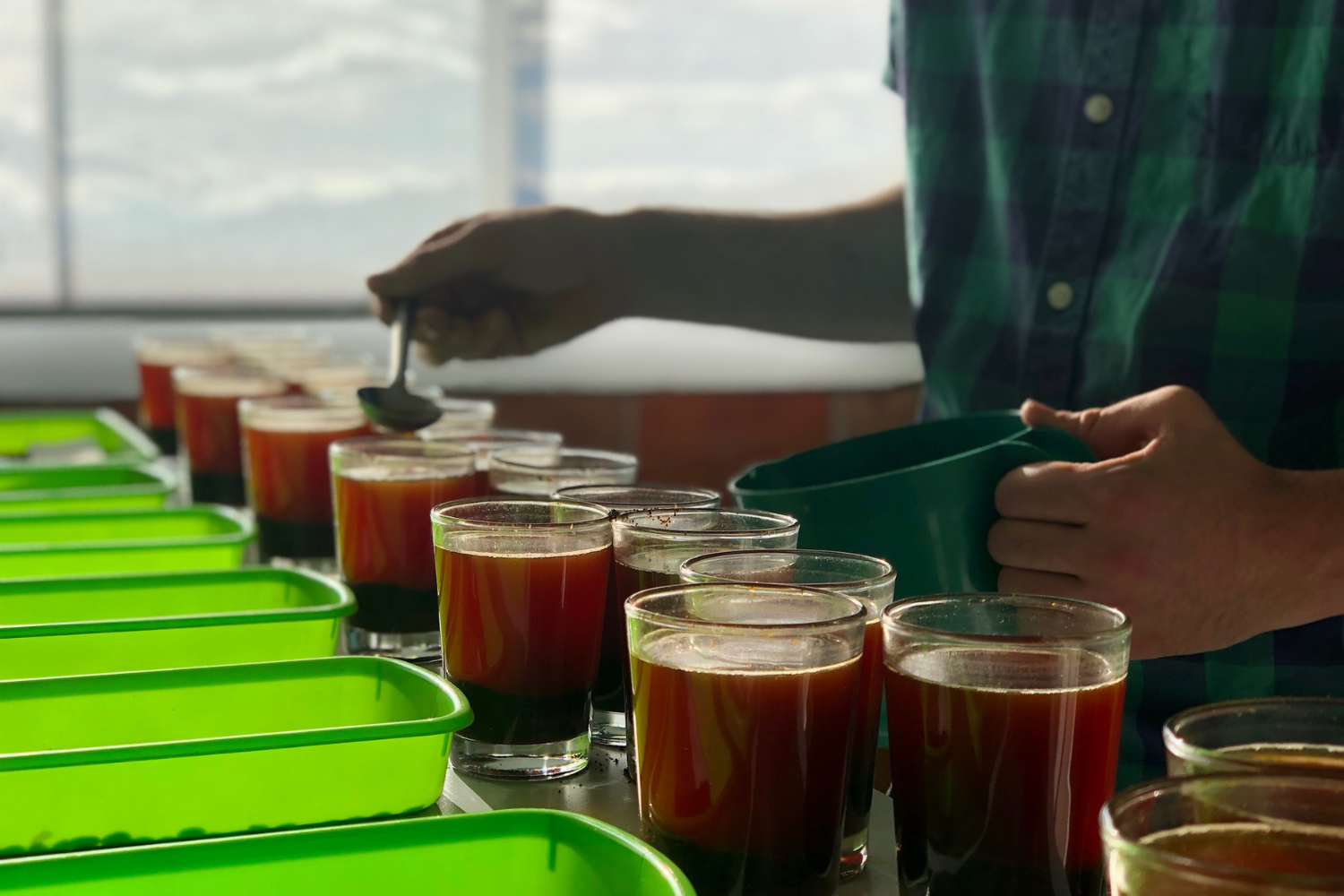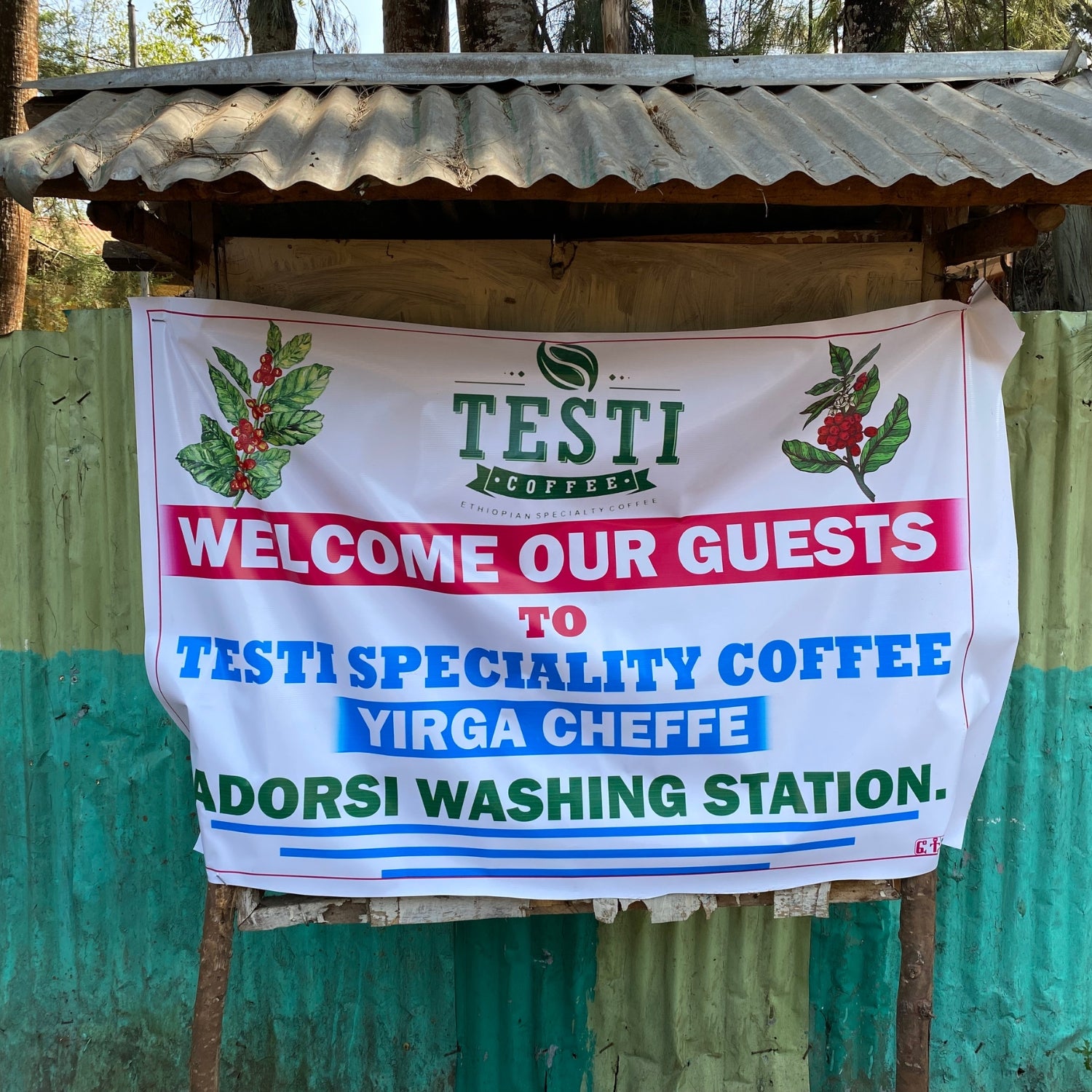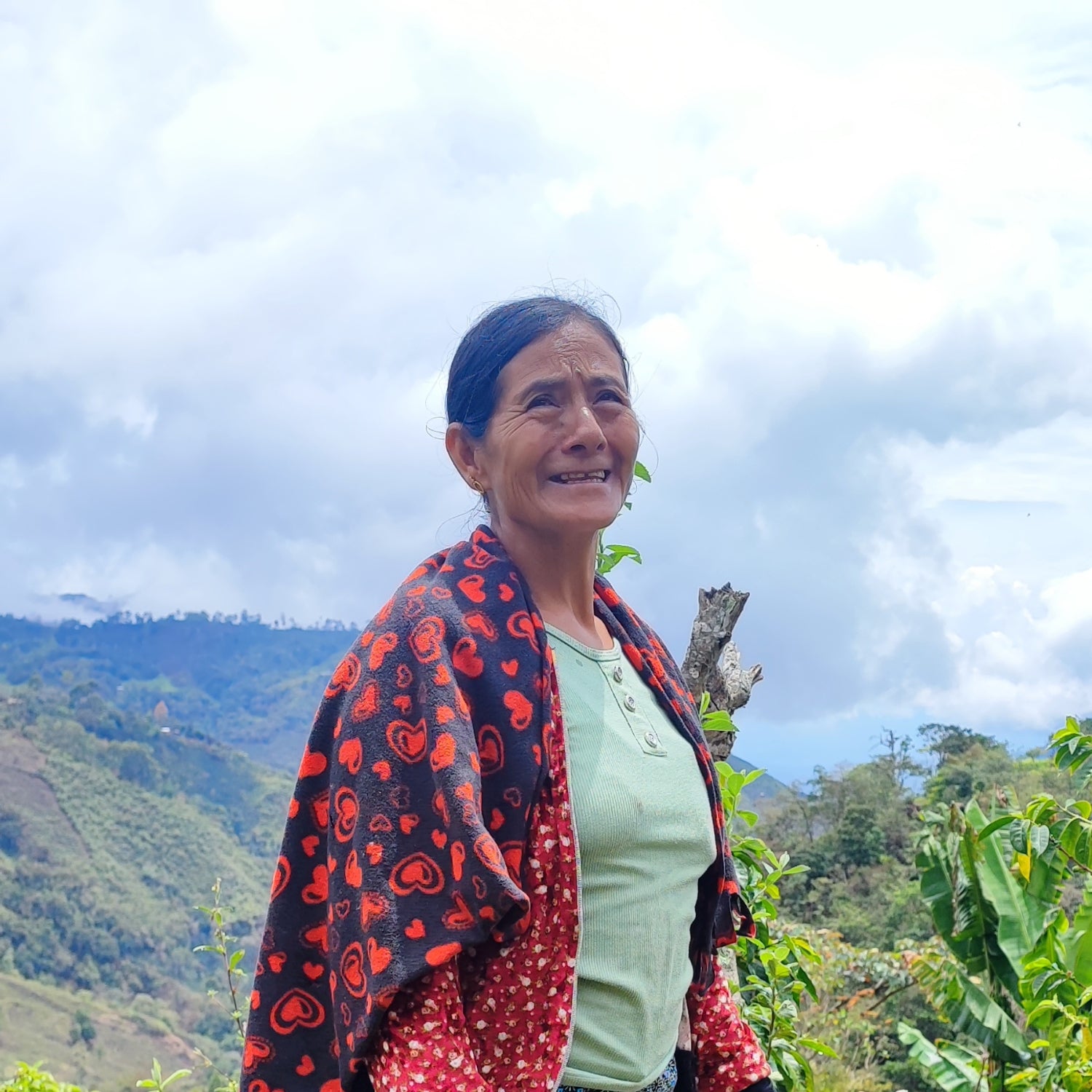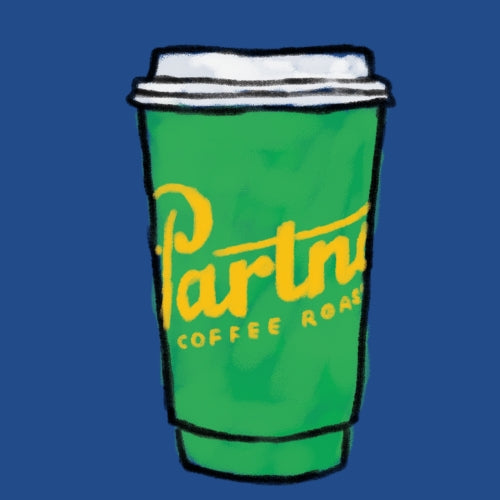Marco Antonio Muñoz tends a small farm near Buesaco, Nariño, delivering parchment coffee to Pergamino's collection point there.
Nariño is an almost mythical region in the specialty coffee pantheon. Colombia's three cordilleras—the parallel ranges that comprise the Andes—converge in Nariño, which is crossed by the equator, flanked by the Pacific, and dotted with volcanoes. The highest elevations—above 12,000 feet—are home to the páramo ecosystem, an alpine tundra under perpetual cloud cover.
The region is unbelievably remote. From Bogotá to the department capital of Pasto is about an 18 hour drive—unless you have cargo, the more sensible option is an hourlong flight. The only connections to Aeropuerto Antonio Nariño depart from either Bogotá or Cali, and because of the short mountain runway, pilots often need multiple attempts to land. After three failed attempts, the plane must return to its original place of departure to refuel.
Most of our purchasing in Nariño is centered around the town of Buesaco, about 15 miles east of Pasto. Alto Naranjal sits on a high ridge overlooking the town and the route there is no less challenging than the flight. Set atop a maze of unpaved switchbacks, the trip requires a Land Cruiser that has been outfitted to have extra weight in the front to help manage such steep inclines.
The farms of Alto Naranjal are small. Each would fit comfortably within a single city block. Most consist of little more than the family's residence, rows of coffee and some food crops, and a tiny wet-mill for processing. But reception on the farms is warm and generous: as a visitor you're likely to be met with a glass of milk blended with either banana or carrot (it's delicious—think strawberry milk). Or you might be offered a tiny saucer of tinto, commercial coffee sweetened with panela.
For much of the 20th century most of Nariño's coffee production was blended with coffee from other regions to create a generic "100% Colombian" mark for export. This changed in 1989 when Starbucks took an interest in the region and introduced a permanent Nariño single origin offering. By the early 2000s, the company was purchasing nearly 100% of the coffee grown in the region. (Still today you can see ubiquitous badges advertising the company's internal sourcing certification adorning warehouses and processing facilities.)
In those days, very little of Nariño's coffee was traceable and most still tasted generic. And although the region's coffees caught the interest of some early direct trade buyers, it was generally thought of as a region with huge potential overshadowed by even bigger logistical hurdles.
In 2010, Nariño's coffee producers showed the world otherwise, dominating that year's Cup of Excellence with a staggering 17 wins—with one coffee receiving an inconceivable 100-point score from multiple judges. That proved to be a watershed moment for the region, incentivizing exporters to invest in identifying and separating high quality microlots.
Even today in 2024, Nariño's small, remote farms make it challenging to do business with the exact same producers every single harvest—even if the options available are perhaps still from somebody's sibling or cousin or from an immediately adjacent farm. Las Naranjas represents our ongoing purchasing in Alto Naranjal—hopefully offering a consistent and familiar mark from one year to the next while still maintaining space for farm and producer-specific traceability.
Nariño is an almost mythical region in the specialty coffee pantheon. Colombia's three cordilleras—the parallel ranges that comprise the Andes—converge in Nariño, which is crossed by the equator, flanked by the Pacific, and dotted with volcanoes. The highest elevations—above 12,000 feet—are home to the páramo ecosystem, an alpine tundra under perpetual cloud cover.
The region is unbelievably remote. From Bogotá to the department capital of Pasto is about an 18 hour drive—unless you have cargo, the more sensible option is an hourlong flight. The only connections to Aeropuerto Antonio Nariño depart from either Bogotá or Cali, and because of the short mountain runway, pilots often need multiple attempts to land. After three failed attempts, the plane must return to its original place of departure to refuel.
Most of our purchasing in Nariño is centered around the town of Buesaco, about 15 miles east of Pasto. Alto Naranjal sits on a high ridge overlooking the town and the route there is no less challenging than the flight. Set atop a maze of unpaved switchbacks, the trip requires a Land Cruiser that has been outfitted to have extra weight in the front to help manage such steep inclines.
The farms of Alto Naranjal are small. Each would fit comfortably within a single city block. Most consist of little more than the family's residence, rows of coffee and some food crops, and a tiny wet-mill for processing. But reception on the farms is warm and generous: as a visitor you're likely to be met with a glass of milk blended with either banana or carrot (it's delicious—think strawberry milk). Or you might be offered a tiny saucer of tinto, commercial coffee sweetened with panela.
For much of the 20th century most of Nariño's coffee production was blended with coffee from other regions to create a generic "100% Colombian" mark for export. This changed in 1989 when Starbucks took an interest in the region and introduced a permanent Nariño single origin offering. By the early 2000s, the company was purchasing nearly 100% of the coffee grown in the region. (Still today you can see ubiquitous badges advertising the company's internal sourcing certification adorning warehouses and processing facilities.)
In those days, very little of Nariño's coffee was traceable and most still tasted generic. And although the region's coffees caught the interest of some early direct trade buyers, it was generally thought of as a region with huge potential overshadowed by even bigger logistical hurdles.
In 2010, Nariño's coffee producers showed the world otherwise, dominating that year's Cup of Excellence with a staggering 17 wins—with one coffee receiving an inconceivable 100-point score from multiple judges. That proved to be a watershed moment for the region, incentivizing exporters to invest in identifying and separating high quality microlots.
Even today in 2024, Nariño's small, remote farms make it challenging to do business with the exact same producers every single harvest—even if the options available are perhaps still from somebody's sibling or cousin or from an immediately adjacent farm. Las Naranjas represents our ongoing purchasing in Alto Naranjal—hopefully offering a consistent and familiar mark from one year to the next while still maintaining space for farm and producer-specific traceability.








Leave a comment
This site is protected by reCAPTCHA and the Google Privacy Policy and Terms of Service apply.